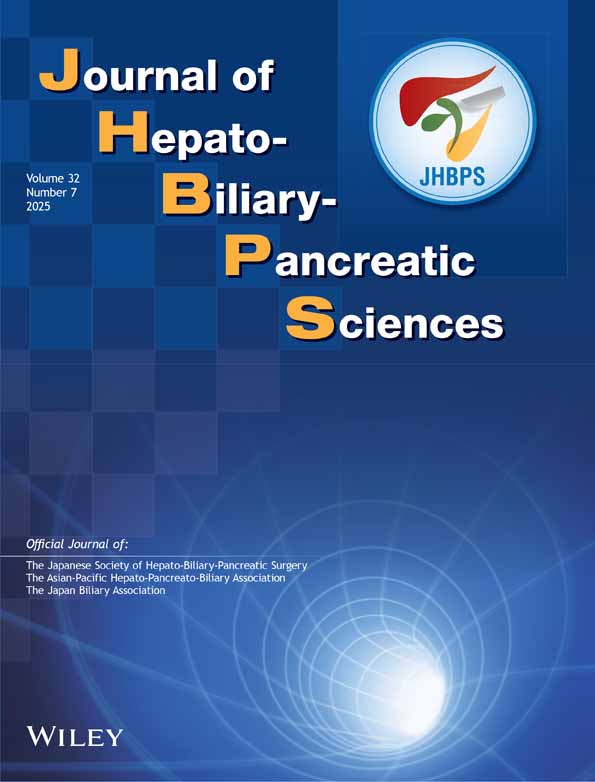Preoperative serum carcinoembryonic antigen and carbohydrate antigen 19–9 levels for the evaluation of curability and resectability in patients with pancreatic adenocarcinoma
Abstract
Background Purpose
Although carcinoembryonic antigen (CEA) and carbohydrate antigen 19–9 (CA19-9) are the most studied serum tumor markers that have been evaluated for diagnosis and prognosis in patients with pancreatic cancer, little is known of the value of these markers for the prediction of curability and resectability.
Methods
We retrospectively reviewed preoperative serum levels of CEA and CA 19–9 in 244 consecutive patients with pancreatic operations.
Results
Although 159 pancreatic operations seemed “resectable”, 93 of them were judged curative (R0) and the other 66 turned out to be noncurative (R1/2). The remaining 85 failed resection because of unexpected metastasis or locally advanced disease (LD), which was unresectable compared with levels in those patients without liver metastasis or LD. CEA levels were significantly higher in patients with liver metastasis and LD, while CA 19–9 levels were correlated with liver and peritoneal metastases. When both markers were negative, curative (R0) and respectable (R0 + R1/2) operation were performed in 70% and 85% of patients, respectively. Logistic regression analysis indicated that under conditions where both CEA and CA 19-9 were negative, the odds ratios for curative and respectable operations were 4.43 and 3.58, respectively.
Conclusions
Our data suggest that combined preoperative CEA and CA 19–9 levels are suitable for assessing expected curability and resectability in patients with pancreatic cancer.




